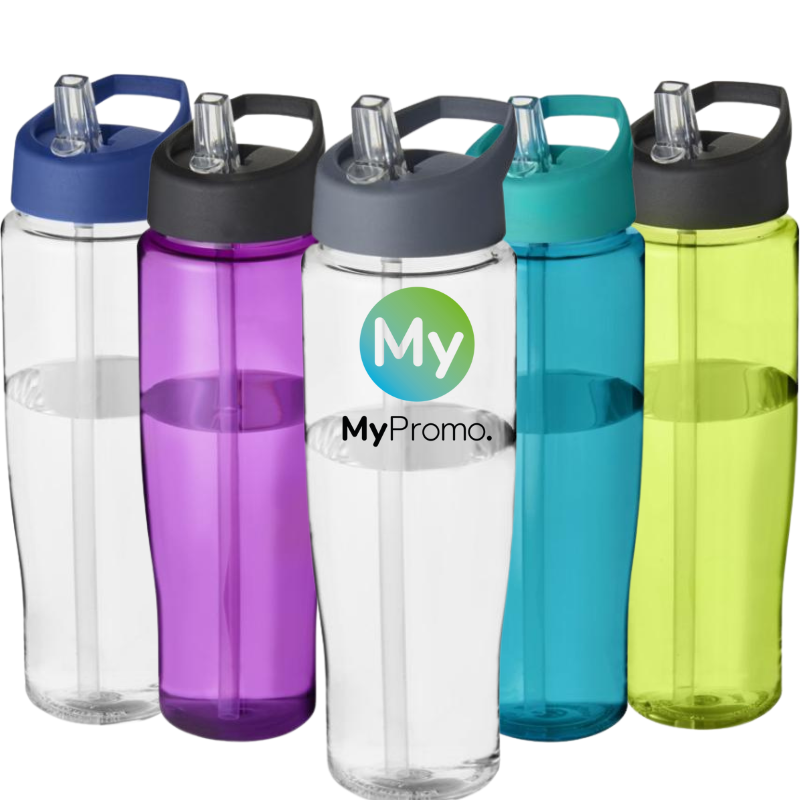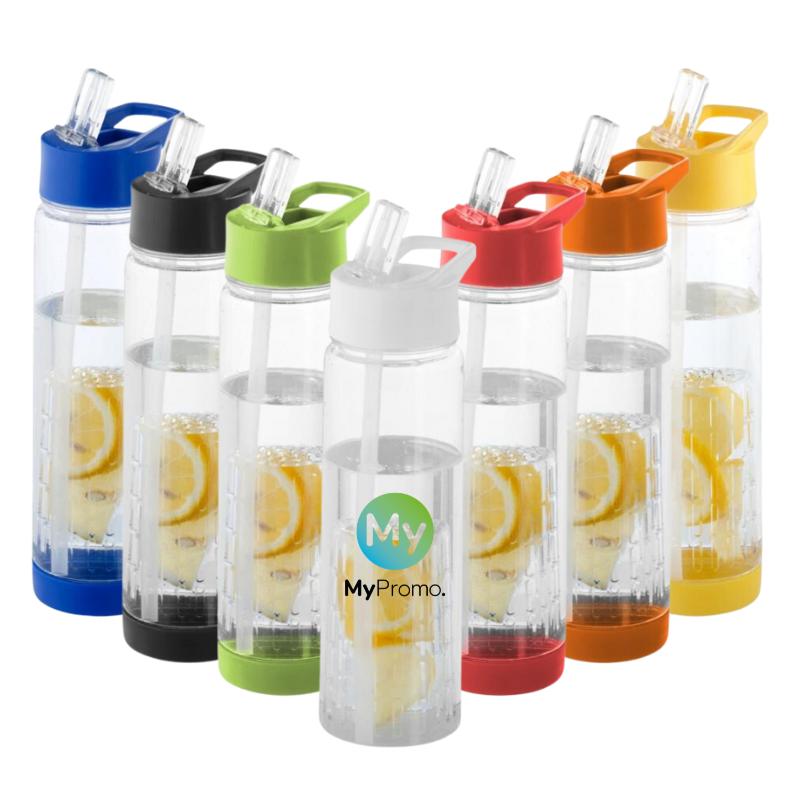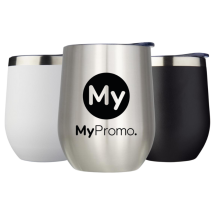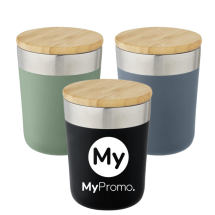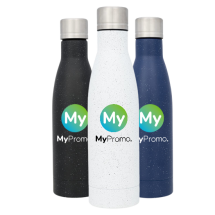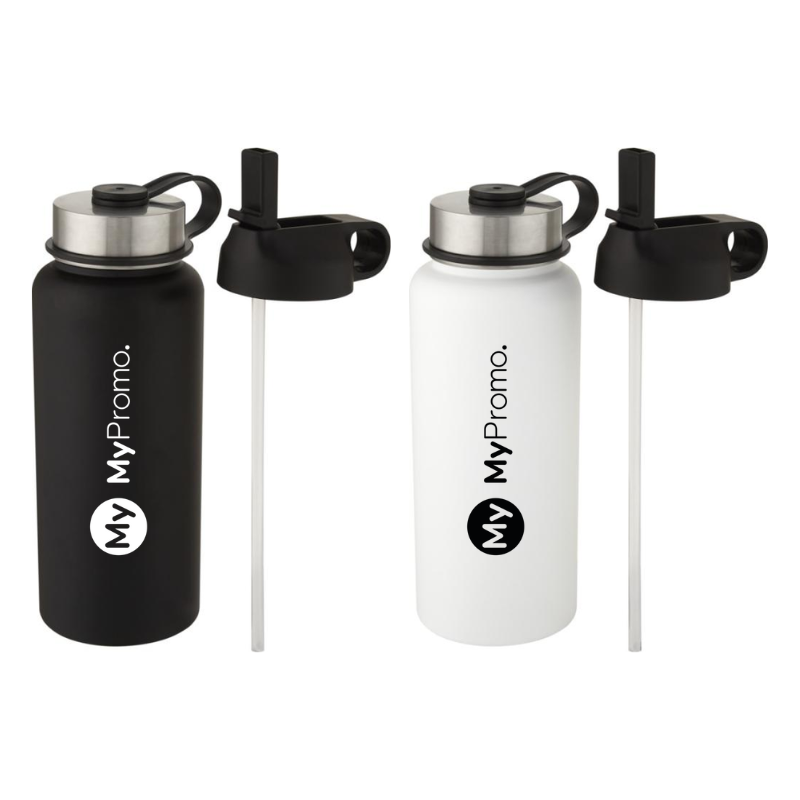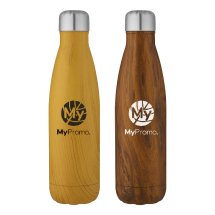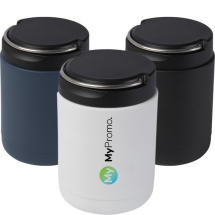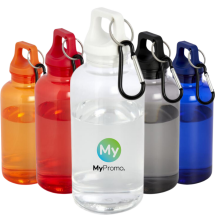360 Digital print
What is 360 Digital print?
360 Digital Print is a modern printing technique that revolutionises the way businesses approach promotional materials and gifts. Unlike traditional printing methods, which often limit designs to flat, two-dimensional surfaces, 360 Digital Print allows for high-quality, full-colour printing around the entire circumference of an object. This method gained traction in the early 21st century as advancements in digital technology made it more feasible and cost-effective. The basic process involves preparing a digital design, which is then printed onto a special transfer paper. The design is transferred from the paper onto the product using a combination of heat and pressure, ensuring that the ink adheres smoothly and uniformly. This technique is particularly suited for cylindrical objects like bottles, cups, and other round promotional items, offering a seamless, wrap-around print that enhances visual appeal.Essential Tools and Materials for 360 Digital Print
360 Digital Print requires specific tools and materials to achieve its distinctive results. At the core of the setup is a digital printer capable of handling specialised inks and transfer papers. These inks are designed to be vibrant and durable, capable of withstanding the heat press process. Transfer papers are also crucial, acting as the medium through which designs are initially printed before being applied to the product. Additionally, a heat press machine, tailored for the shape of the product being printed on, is essential for transferring the ink from the paper onto the object with precision.
Transforming Promotional Products with 360 Digital Print
The applications of 360 Digital Print are extensive, particularly in the realm of promotional products. This technique is ideal for items such as personalised sports bottles, personalised bags, and personalised ceramic mugs, offering a distinctive way to showcase a brand. Notable examples include personalised water bottles for corporate events or personalised pens distributed at conferences, where the branding wraps entirely around the items, making them stand out.
Advantages of Embracing 360 Digital Print
One of the major advantages of using 360 Digital Print is the ability to produce eye-catching designs that encompass an entire product. This method allows for full-colour, detailed graphics that are more engaging than those produced by traditional methods. Additionally, digital printing offers a quicker setup time and the ability to easily modify designs, making it ideal for short runs and custom orders. The digital nature of the process also reduces waste, making it a more environmentally friendly option.
Unique Features Compared to Other Print Techniques
When compared to other printing techniques, such as screen printing or pad printing, 360 Digital Print offers unique features that provide significant benefits. Unlike screen printing, which requires physical screens and is limited in colour complexity, digital printing can produce vibrant multi-colour designs with ease. It also surpasses pad printing in terms of the ability to print on complex three-dimensional shapes and surfaces.
Navigating Challenges in 360 Digital Print
However, 360 Digital Print is not without its challenges. The initial investment in the necessary equipment can be substantial, and the technology requires specific technical expertise to operate effectively. Additionally, the quality of the print can vary based on the material of the product being printed on, with some materials requiring pre-treatment to ensure ink adhesion and durability.
In conclusion, 360 Digital Print offers a flexible, efficient, and visually appealing option for printing on promotional products, though it comes with its own set of challenges that businesses need to consider.
| Product Type | Material Type | Ideal for 360 Printing Because | Common Usage |
|---|---|---|---|
| Sports Bottles | Plastic, Metal | Curved surfaces can be fully wrapped in custom graphics | Promotional items, personal use |
| Ceramic Mugs | Ceramic | Allows for vibrant, wrap-around designs | Corporate gifts, merchandise |
| T-Shirts | Cotton, Polyester | Seamless designs can be printed across entire surfaces | Apparel, promotional wear |
| Bags | Canvas, Nylon | Large, uninterrupted surface area for impactful branding | Trade shows, retail products |
| Pens | Plastic, Metal | Small cylindrical surface perfect for detailed, full-wrap logos | Office supplies, event giveaways |
How does digital printing 360 work?
Digital printing 360 employs digital technology to imprint designs onto different materials using files like PDFs or JPGs and devices such as inkjet or laser printers. This method is noted for its swift processing, design adaptability, and economical approach for smaller print batches.
What types of materials can be used with digital printing 360?
Digital printing 360 can accommodate a wide variety of substrates, from paper and cardstock to textiles, ceramics, glass, metal, wood, and plastics. The versatility of this printing method allows for the direct application of designs onto these materials, offering diverse applications across numerous industries.
How do the costs of digital printing 360 compare to other printing methods for various print run sizes?
For short print runs, digital printing 360 is often more economical because it avoids the setup expenses found in traditional plate-based methods. In contrast, for bulk quantities, methods like offset printing may offer a lower cost per item. Our prices at Loopper start at only 0€ per item.
How environmentally friendly is 360 digital printing?
360 digital printing is considered more environmentally friendly than traditional printing methods due to its ability to reduce waste. It doesn't require plates or physical setups that produce excess materials, and typically uses less ink and energy. Digital printers also often use eco-friendly inks that are less toxic than traditional inks. As a result, it contributes to lower environmental impact, especially in terms of waste management and toxic emissions.
Can 360 digital printing be used for outdoor products?
Yes, 360 digital printing is suitable for outdoor products due to advancements in ink technology and printing processes. Printers can now use UV-curable inks that are resistant to weathering and fading caused by sunlight and other outdoor elements. This makes 360 digital printing ideal for creating vibrant, durable designs on outdoor items such as banners, signs, and outdoor furniture, ensuring long-lasting quality and color fidelity in various weather conditions.

